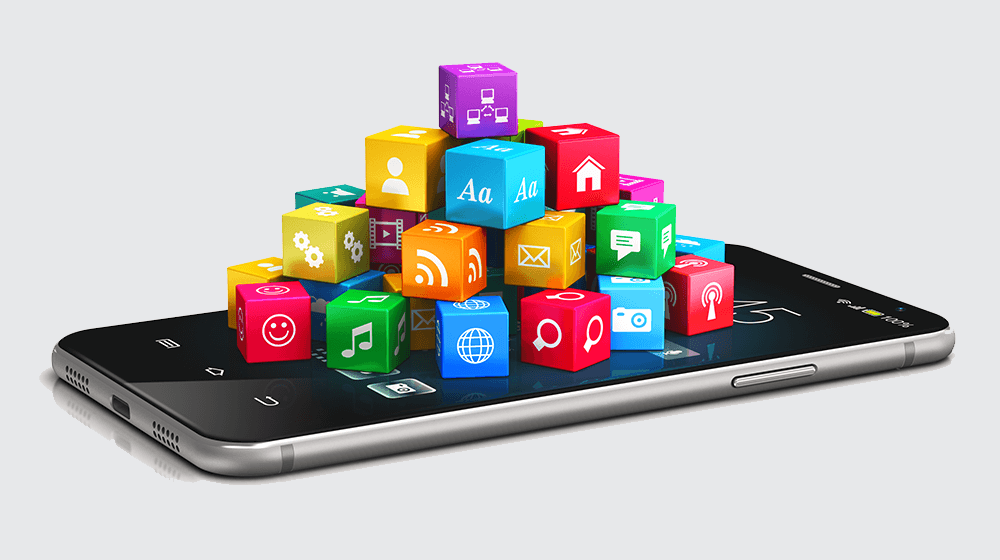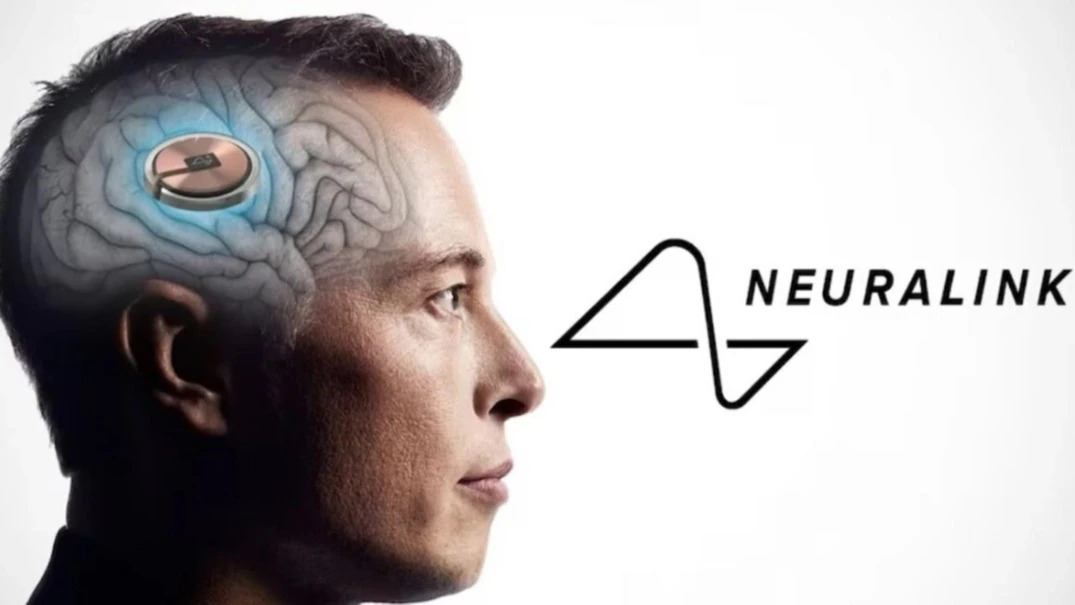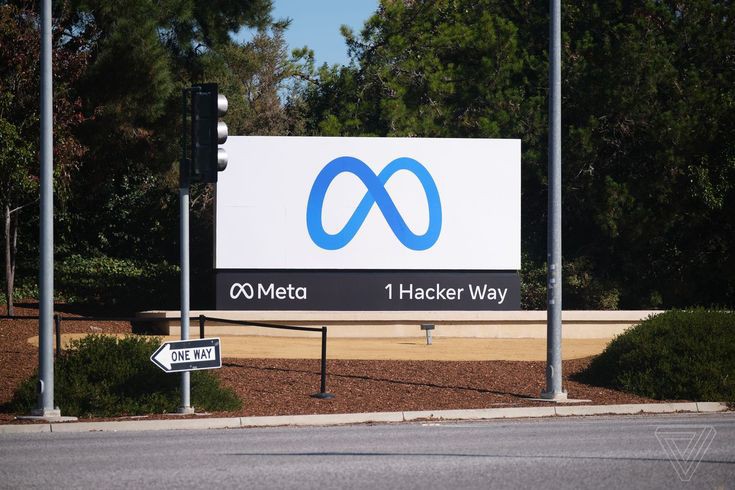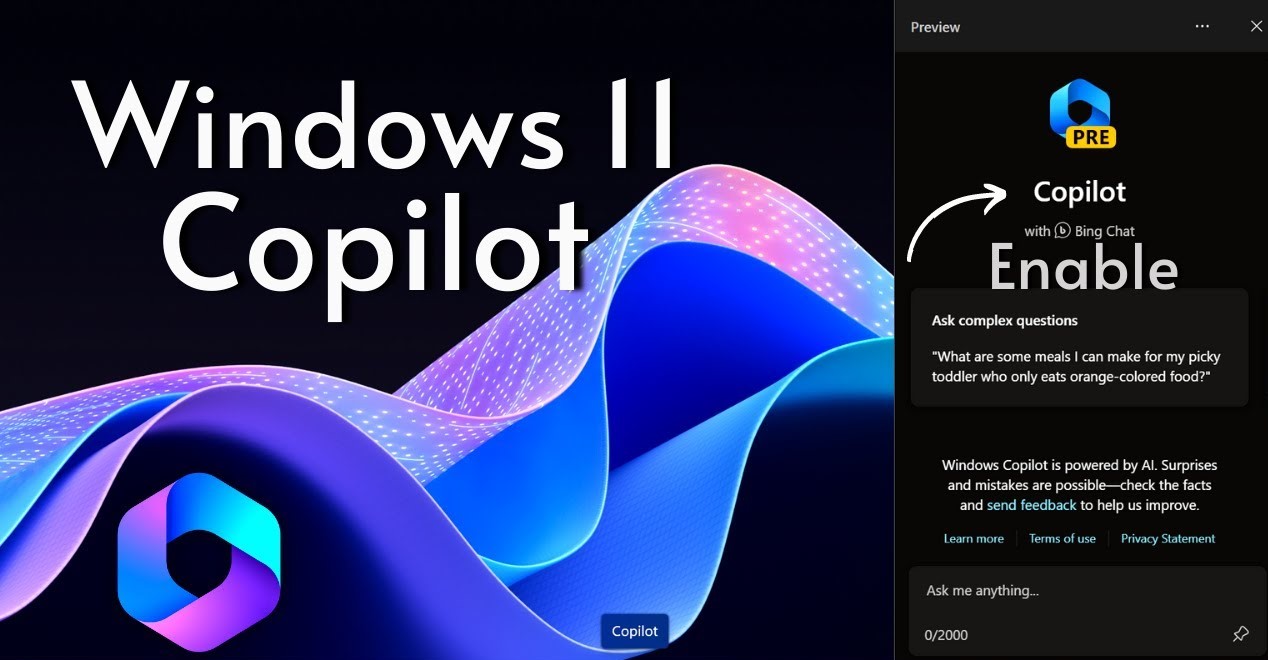Wireless Charging: How it Works, Safety Tips, and Future Trends - Ultimate Guide
By Vinius M Muthii | February 15, 2024
Technology continues to shape the world's developments and contribute to many innovations currently in the marketplace. One of the hottest and most modern technologies in the market is Wireless charging. Also known as Inductive charging, it is a modern cable-free way of charging your electronic devices. This innovation has already hit the market with many electronics such as smartphones, and smartwatches being compatible with wireless charging. While using this technology, it is important to understand how this technology functions and its safety.
In this article, we will delve into how wireless charging works, its types, the technology that drives it, its safety, and much more for you to have a clear picture as you embrace it.
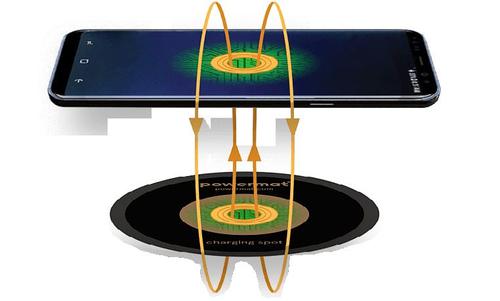
How Wireless Charging Works
There are 2 types of wireless charging: Inductive and Resonant charging. Each method ensures that compatible electronic devices near the charger get charged.
1. Inductive Charging

In this method, physical contact must be maintained between the phone and the wireless charger. The charging coils inside the phone and the charger must be connected and aligned. Electromagnetic induction is the secret for inductive charging. The typical steps that ensure charging in this type include:
- A transmitter coil in the charging base sends out a signal.
- The signal searches for a receiver coil, like the one in your compatible smartphone.
- When it senses one, electromagnetic induction begins. The electrons (electricity) inside the transmitter coil start to flow around in the coil.
- This generates a magnetic field, which is sensed by the electrons in the receiver coil.
- The electrons trapped inside the receiver coil start to flow around the coil due to the magnetic field.
- This flow of electrons inside the receiver coil is the electricity powering the battery in your smartphone.
Inductive charging is used in many applications like Smartphones and smartwatches, kitchen appliances, electric vehicles, and electric toothbrushes among others.
2. Resonant Charging
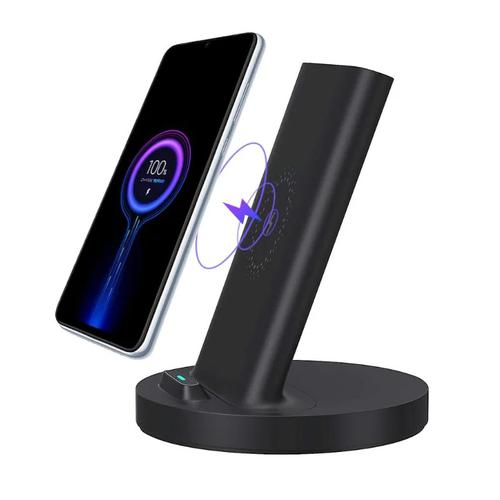
In this method, physical contact is of no essence. However, it requires the phone, wireless charger, and charging coils to be within a specific proximity. It works based on the principle of electromagnetic resonance. The typical steps that ensure charging in this type include:
- The charging device receives Direct Current (DC) from a power source. This DC is then converted to Alternating Current (AC) by the transmitter.
- Due to the AC, the transmitting coil within the transmitter becomes energized and generates a magnetic field.
- This magnetic field induces an electric current in a coil of wire inside the wireless charging-compatible device.
- The coil inside the compatible device converts the power back into an electrical current that can be used to charge devices.
Resonant charging is used in many applications, like Robot Vacuums, In-vehicle toll transponders, Office badges, and RFID Cards among others.
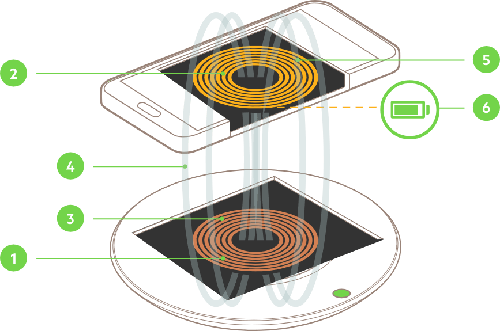
Inductive and Resonant methods differ in several ways. They include:
- Distance: Resonant wireless power transfer doesn't require the transmitter and receiver to be physically touching, unlike inductive charging.
- Range: Resonant charging operates over a longer range than inductive charging.
- Coil misalignment: Resonant charging is more tolerant of coil misalignment than inductive charging.
- Coil positioning: Resonant charging doesn't rely on the precise coil positioning required for the tightly coupled system of inductive charging.
- Efficiency: Resonant charging is less efficient than inductive charging.
The choice of wireless charging type varies depending on the user's needs and distance capabilities needed by the user.
Is Wireless Charging Safe?
Despite the incredible innovation of this technology, many users have expressed their fear in medical and health assurance of wireless charging. Experts have gone along to explain the safety precautions one needs to take to use this technology.
According to expert reviews, it's perfectly safe to be near a wireless charger. When the wireless charger is not connected to a smartphone or a tablet, it emits a harmless signal that searches for a wireless charging receiver coil, like the one in your smartphone. Because the receiver coil (in your smartphone) needs to be in contact with the coil in the charging base, the signal does not extend into the air around it. The whole wireless charging process emits less radiation than a phone that is connected to a mobile network. However, Wireless charger manufacturers are continuously working to ensure that this technology is safe for humans.
Some of the precautions and safety measures that the user needs to follow when using and acquiring a wireless charger include:
- All chargers create some heat as they charge. Users should take precautions and not touch the wireless charger while charging.
- As with all electrical devices that connect to a power outlet, liquid can be very dangerous. Don’t get your wireless charger wet, and make sure your phone is dry before you set it down to charge.
- Some wireless Chargers have intelligent microchips, also known as smartchips, which only deliver the precise amount of power that your smartphone requires. It's always wise to unplug when the phone is fully charged.
- Some chargers may not be able to detect if a foreign object – like your keys or a coin – is sitting on the pad under your smartphone. This may cause the charging pad to continue to emit power, not only hurting your device but potentially melting the foreign objects on the pad.
- It's always wise to check for international safety standards to guarantee a charger adheres to legal guidelines on safety. These assure safe levels of emissions and manufacture using non-hazardous materials. The laws are different for each country but key ones to look for include: FCC, CE, TCM, BSMI, EAC, KC, and UL Listed.
In conclusion, Wireless charging continues to grow in popularity and is quickly becoming the new normal. It is everywhere, from electric buses in South Korea to your trusty electric toothbrush. It is one of the dominant and more promising technology that is projected to be even better in the future. Soon, wireless charging could be available in your hotel rooms, on flights, and throughout lobbies. At home, your entire wall or desktop could become a wireless power source. Arrange your office or set up your entertainment system, free of messy cables and power strips. However, it's always good to ensure that you are using the charger well as well as make sure it meets the desired standards to ensure that your health comes first.
Subscribe to our Newsletter and follow our social media channels to ensure you're in the loop in the future eye-opening articles.
Never miss Technological Updates
Subscribe to our Newsletter
Join our Community
Follow us on social media to stay connected and engage with our vibrant tech community:





